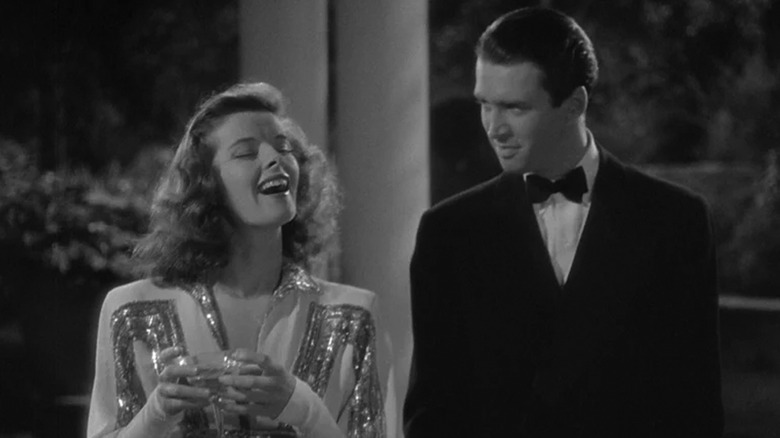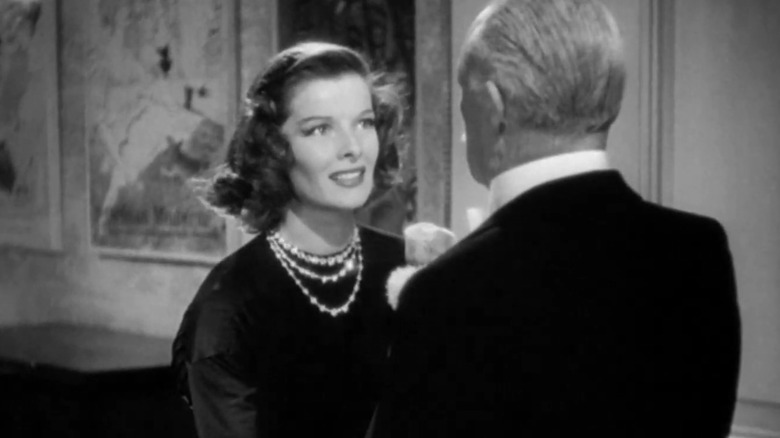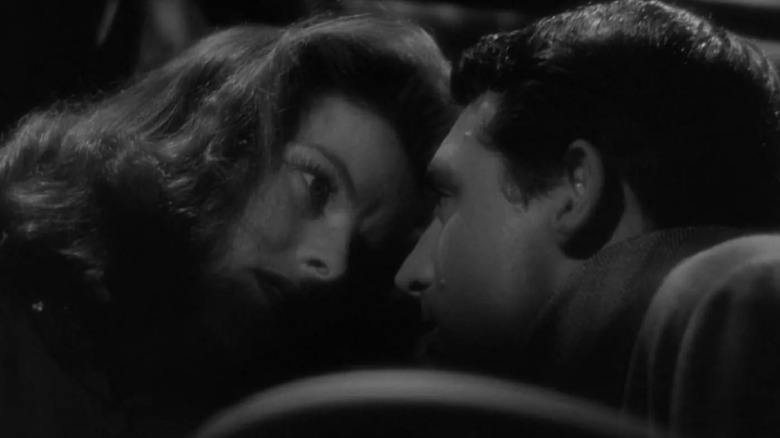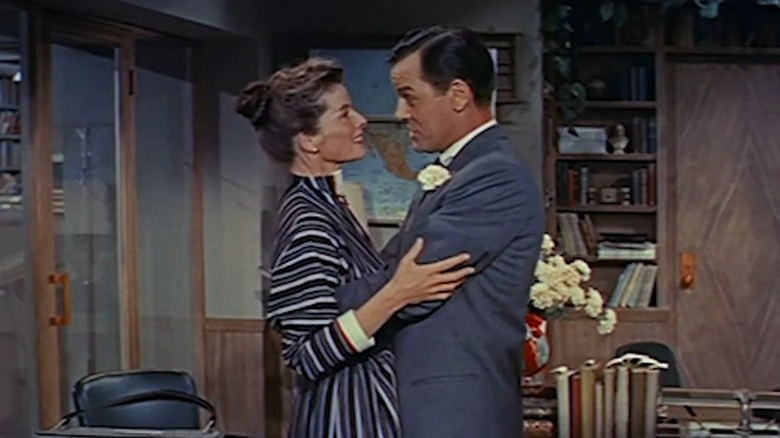
Critical consensus is overrated. Rotten Tomatoes may have trained movie-lovers to quantify a movie’s worth with a percentage score in recent years, but some of the best movies ever made deeply divided critics and audiences alike. Early Hollywood star Katharine Hepburn made plenty of divisive films in her career, from the John Wayne-led Western “Rooster Cogburn” to her first Oscar-winning film, “Morning Glory,” to the bold interracial marriage dramedy “Guess Who’s Coming To Dinner.” Time Out once called the latter, which earned 10 Oscar nominations upon release, “a wishy-washy, sanctimonious plea for tolerance, directed with Kramer’s customary verbosity and stodginess.”
It’s a truth universally acknowledged that good movies sometimes get trashed by certain critics, but that makes the rare film that achieves complete critical consensus all the more interesting — if not always necessarily better than the more polarizing films. Plenty of great actors only have one 100% Rotten Tomatoes score under their belt, but much-loved Golden Age celebrity Hepburn has three. The trio of movies that have reached peak freshness include three rom-com stage play adaptations, two George Cukor credits, and at least one stone-cold classic.
Holiday
“Holiday” was the earliest Hepburn film to impress a boatload of critics. Released in 1938, the film starred Cary Grant as a man with a working-class background who experiences a bit of a culture shock when he meets his wealthy future in-laws. Grant’s Johnny is set to marry Doris Nolan’s Julia, but he soon develops an eye for her sister, Hepburn’s Linda. “Holiday” may not be the flashiest or most well-known Grant-Hepburn collaboration (the pair also co-starred in “Bringing Up Baby,” “The Philadelphia Story,” and “Sylvia Scarlett”), but critics agree that it’s one of the best.
According to Rotten Tomatoes’ aggregation, 30 critics have given “Holiday” their stamp of approval. It’s likely that there are some older print reviews of the ’30s film that haven’t been digitized, as most of these critics are looking back at the film from a modern lens, but they still make a convincing case for it. “The light comedy achieves perfection, but beneath it lies Cukor’s serious concern for the ways in which we choose to live our lives,” Dave Kehr wrote for the Chicago Reader in 1985. Hepburn, who understudied for the stage version on Broadway a decade earlier, is also praised in reviews.
The Philadelphia Story
Hepburn was already a household name by 1940, having starred in “Holiday” and “Bringing Up Baby” and been recognized by the Oscars for “Morning Glory” and “Alice Adams” (though she lost out to Bette Davis the latter time). She was known, but not always popular: A Time column from 1941 noted that a Manhattan theater owner had made headlines by dubbing Hepburn and others “box-office poison” two years earlier. But “The Philadelphia Story,” another Cukor collaboration that impressed every critic counted by Rotten Tomatoes, ended up making money and solidifying her legacy for decades to come. “Come on back, Katie, all is forgiven,” Time’s columnist claimed the theater-owner said after seeing “The Philadelphia Story.”
“The Philadelphia Story” is another winning romantic comedy about a moneyed family and a love triangle involving an engaged person who’s having second thoughts. This time around, Grant plays Hepburn’s ex, while John Howard is her betrothed and James Stewart is another man who captures her attention. At the time of its release, The New York Daily Times called it the best comedy of the year, while The New Yorker dubbed it “a Hepburn triumph.” Its sterling reputation remains just as strong today. “You find so much joy in every single scene that just about any pairing that could occur at the end would be a satisfying one, because the fun you’ve been having makes every possibility a delight,” Mike Shutt wrote for /Film in 2022.
Desk Set
The last 100% fresh movie in Hepburn’s filmography is also the least enduring today, though it’s perhaps the most prescient of the bunch — and it’s a Christmas movie! “Desk Set,” a 1957 picture co-starring Spencer Tracy, follows a group of broadcast company librarians (led by Hepburn’s wonderfully named Bunny Watson) who are threatened by the addition of an early computer to their workplace — one that seems designed to take over their jobs. While the technophobia plot unfolds, Bunny also finds herself stuck between two men: Gig Young’s executive, Mike, and Tracy’s inventor character, Richard.
As with other movies of its era, there seem to be a few reviews of “Desk Set” that are only available in print, meaning its perfect Rotten Tomatoes score may not fully reflect reality. The reviews that are online are more mixed than the responses to her Cukor collabs, with The New York Times’ Bosley Crowther calling it “out of dramatic kilter” and devoid of “much of anything” beside its lead actors’ charms. “This could have been a frail venture if not for Hepburn and Tracy,” The LA Times’ Mark Chalon Smith wrote in a ’90s retrospective, “but director Walter Lang’s silky touch and screenwriters Henry and Phoebe Ephron’s smart dialogue also raise it.”
All three movies are worth checking out, as is the vast majority of Hepburn’s filmography. As of this writing, “Holiday” is available to stream on Prime Video, while “The Philadelphia Story” is on Tubi. “Desk Set,” meanwhile, can be rented digitally wherever you get your movies.





Leave a Reply